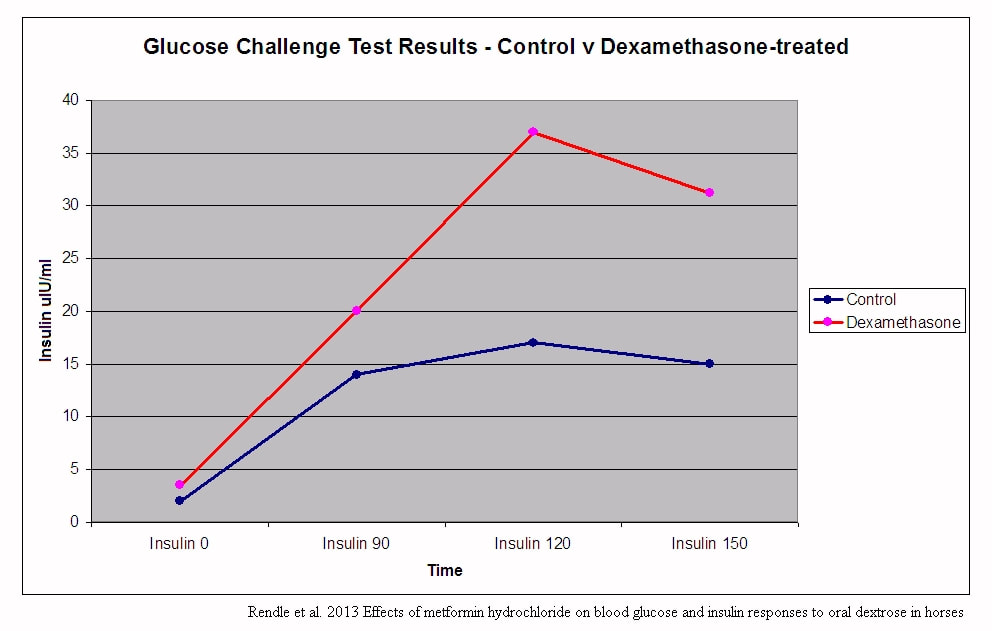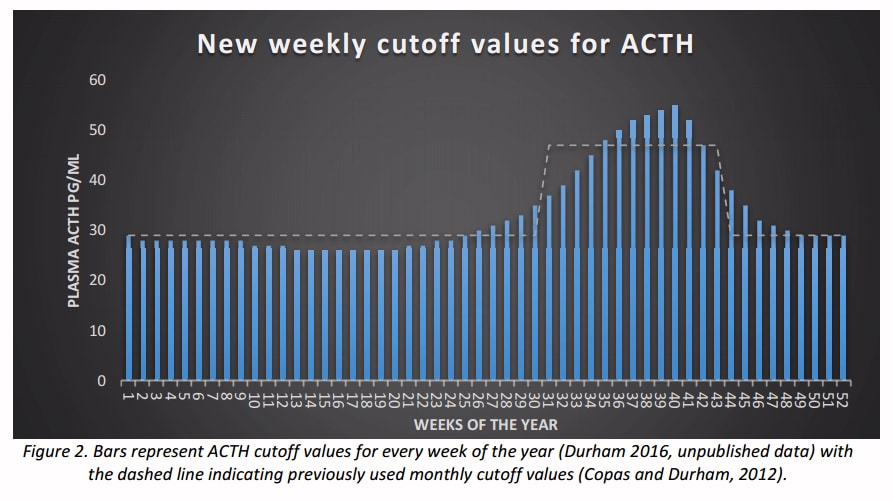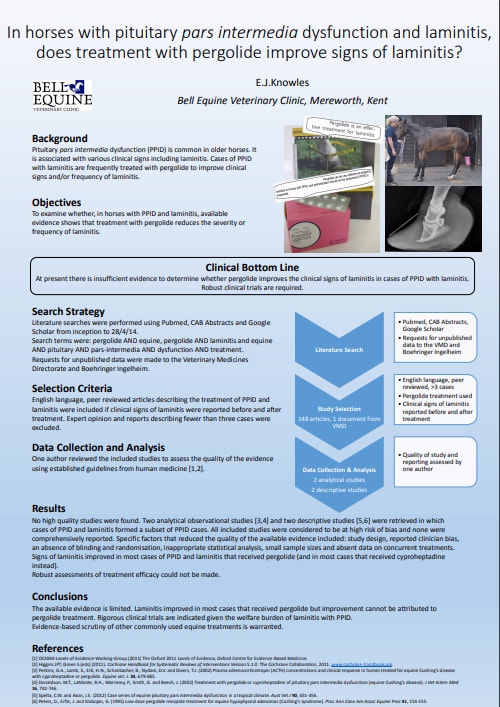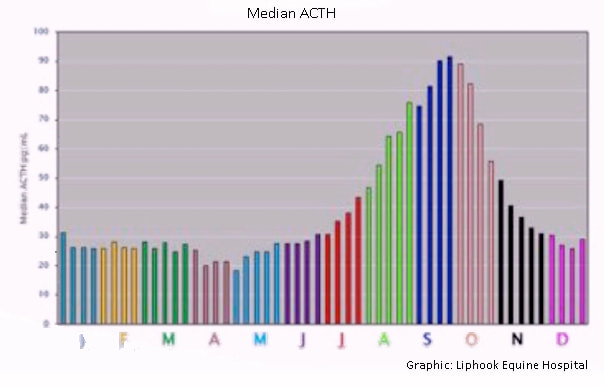The period prevalence of laminitis was 0 6 per cent 95 per cent ci 0 4 per cent to 1 2 per cen with 10 1565 animals treated with corticosteroids developing laminitis.
Incidene rate of laminitis.
The development of the disease is not completely understood however and other mechanisms may prove to be involved.
Associated with a fracture or infected joint in the other leg so that the leg which is bearing all of the weight is at risk of laminitis.
Only 12 of owner reported laminitis cases occur due to causes such as colic diarrhea retained placenta or grain overload.
So 7 was the average and most common number that popped up.
The real problem with laminitis is the aftermath.
All animals received doses that were within the recommended ranges for horses.
Laminitis is a weakening or destruction of the laminae thought to result from lack of blood supply to the affected region.
The rest are related to diet or obesity and or systemic endocrine.
Laminitis causes crippling lameness associated with intense pain that shortens horses athletic careers negatively impacts quality of life and all too frequently prompts euthanasia.
The lack of blood supply may result from inappropriate prolonged opening of avas which shunt blood away.










